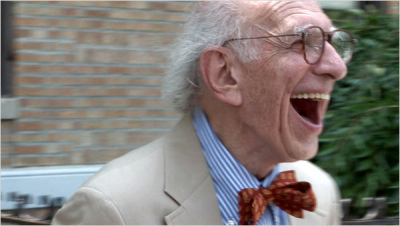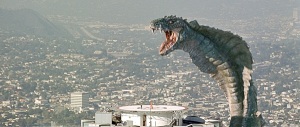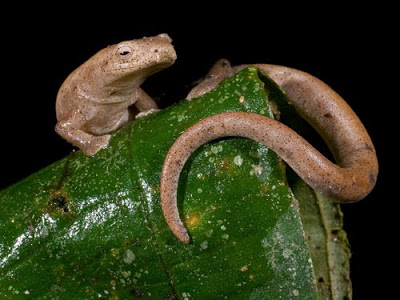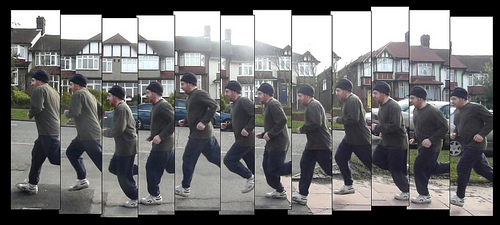
I
profiled neuroscientist Eric Kandel for Scientific American Mind a while back; a huge pleasure. Two things stand out.
First, Kandel's work makes a wonderful foundation for an understanding of neuroscience, as his mid-20th-century insights into the dynamics of memory underlie much of the discipline.
Second, Kandel is a gas -- gracious, funny, and stunningly brilliant. When I interviewed him for about 90 minutes in his office at Columbia, he was 73. As he described to me the history of his work, and of modern neuroscience, he seemed to have complete and effortless recall about everything. If he talked about a finding, he would remember everyone who worked on the paper, when the paper was published and where -- and where it was in his vast file cabinets. The master of memory has MEMORY.
And his talk flowed effortlessly. At one point we were interrupted by an assistant who came in to review an illustration that was being prepared for Kandel's memoir, "In Search of Memory," which he was then finishing. Kandel answered the questions clearly, telling the assistant where to find the information needed and so on. Took about 5 minutes. The assistant left. As he closed the door, Kandel turned back to me, said, "Excuse me. As I was saying ..." and then, to my astonishment (I was glancing at my notes to see where we'd left off) resumed talking by returning to the beginning of the sentence he'd been in the midst of when the assistant entered the room. (Later, when I was telling my wife about this, I said, "The man is smart." She said, "That would explain the Nobel Prize."
I highly recommend http://www.amazon.com/gp/product/0393329372?ie=UTF8&tag=daviddobbs-20&linkCode=as2&camp=1789&creative=390957&creativeASIN=0393329372, which is a splendid picture of a rich life devoted to science -- and a great review of much of 20th-century neuroscience. If the film catches even a fraction of his accomplishment and charm, it should be a real treat. From the
Times:
It's not often that you are invited to spend an hour or two in the presence of a Nobel Prize winner, and "In Search of Memory: The Neuroscientist Eric Kandel," Petra Seeger's new documentary, offers an especially gratifying opportunity.
via
movies.nytimes.comimage: Icarus Films
 I write on science, medicine, nature, culture and other matters for the New York Times Magazine, The Atlantic, Slate, National Geographic, Scientific American Mind, and other publications. (Find
I write on science, medicine, nature, culture and other matters for the New York Times Magazine, The Atlantic, Slate, National Geographic, Scientific American Mind, and other publications. (Find 





